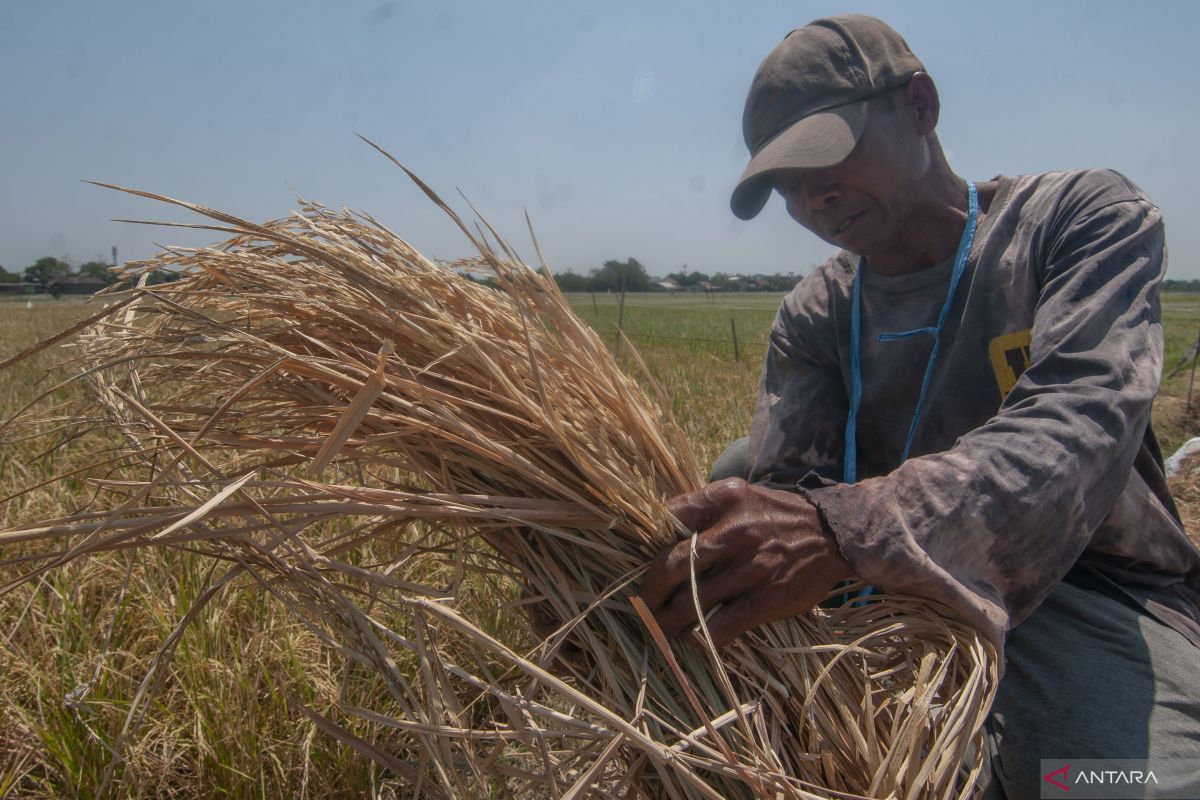Head of BRIN's Center for Food Crop Research, Yudhistira Nugraha, noted that the three steps involve making the most of the planting calendar (katam) information system, switching from planting rice to planting more early-maturing food crops, and using water more wisely.
"By taking these three points into account, farmers are expected to succeed in preventing crop failures," Nugraha remarked in Jakarta on Friday (October 6).
Regarding the first step, he explained that the katam information system is an early warning system devised by the Ministry of Agriculture, with the objective of providing farmers with information on the most suitable times for cultivating their lands.
However, he remarked that a large number of farmers in Indonesia had not enjoyed the convenience provided since they tended to stick to traditional ways of farming.
Related news: Indonesia has 11 drought-resistant rice varieties: BRIN
Nugraha then elaborated on the second step, saying that farmers can opt for planting alternative food crops that can be harvested in a shorter period of time as compared to rice, such as mung beans and sorghum.
Pertaining to the final step, he advised farmers to utilize their stocks of water more prudently by paying attention to the exact quantity of water required by specific plants, adding that such a step is crucial to preserve water for ensuring its availability during the current prolonged dry season.
"It is necessary to make the irrigation systems more efficient in an effort to save water," he stated.
The Meteorology, Climatology, and Geophysics Agency (BMKG) has projected the impacts of El Nino to gradually weaken in severity in February before eventually disappearing in March next year.
Related news: El Nino: President stresses securing water supply
Related news: Climatology agency predicts dry season to end in late October
Translator: Ahmad M, Tegar Nurfitra
Editor: Yuni Arisandy Sinaga
Copyright © ANTARA 2023












